Composers / Thomas Tellefsen / Routes

Trasa Tellefsen’s Childhood in Trondheim
Thomas Dyke Acland Tellefsen was born in Trondheim in 1823. His early years were filled with music and various means of making music. His father, Johann Christian (1774–1857), studied in Copenhagen and was considered to be very well educated. Apart from holding the position of librarian of the local scientific society, he was also an organist and cantor in Trondheim. He took an active part in the work of the local music society as an amateur performer. His wife, Ane Cathrine née Stibolt (1785–1860), enjoyed a reputation as a consummate pianist and good singer. She was a sought-after piano teacher and also taught guitar and harp.
Thomas Tellefsen showed an aptitude for music from a very early age. Legend has it that already in his youth he sang like a nightingale, and as an eight-year-old performed difficult arias. He also keenly observed his mother’s piano playing. His parents, knowing from experience that making a living from music was very difficult, were not happy with their son's great interest in music; they would have preferred Thomas to have been more diligent at school. According to accounts, Tellefsen was not taught piano before 1840, so he could only have received formal training for two or three years before travelling to Paris. However, he must have had some grounding in technique, as some of the first pieces he learnt to play were compositions by the successors of Johann Sebastian Bach, which he found in the rich collection of his father.
Considering Thomas Tellefsen's development as a youngster, it is no wonder that later in life he chose music as his path in life; he was already certain about it at the age of fifteen. Until then, his education had been irregular, although his parents, as we mentioned above, found out quite early that he had an unusually good musical ear and voice.
Tellefsen decided to abandon his education at the Trondheim Latin School in December 1940, more than a year before his final exams. To say that his parents were not thrilled would be an understatement; they were not happy at all with their son’s choice of music over a more solid theoretical education. Between January and May 1842, he gave his first three public performances, and at the end of the month he left for Paris to continue studying piano. On many occasions, the citizens of Trondheim organized public collections to provide funding for the talented young artist, enabling him to continue his education.
Around 1840, Trondheim had some 13,000 inhabitants. From the second half of the eighteenth century, it boasted a rich and diverse musical culture. The foundation for this was provided by the economic and political situation, producing a strong bourgeoisie and stratum of public officials. This rich group of citizens held culture and art in high regard, considering the ability to play instruments as an indispensable part of a child's education and proper upbringing. The programmes of concerts from the 1830s show that the citizens of Trondheim were well versed in contemporary trends: there were virtuoso compositions, as well as singspiels and French operas. Against this background, important animators of public musical life in the city were the musical families of the Tellefsens and Lindemans.
-
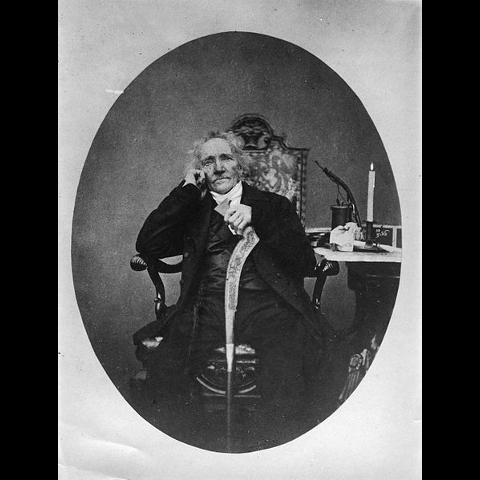
-
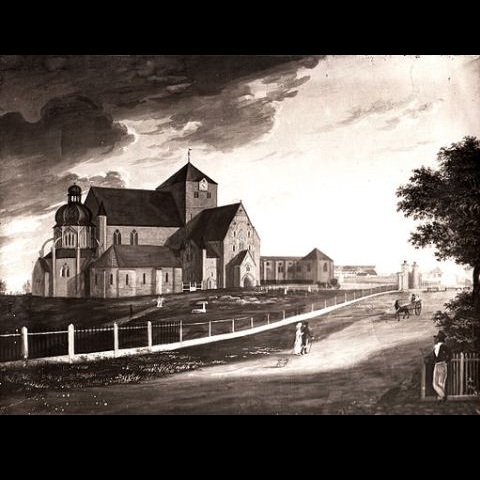
Cathedral in Trondheim in 1857. (creative commons)
-
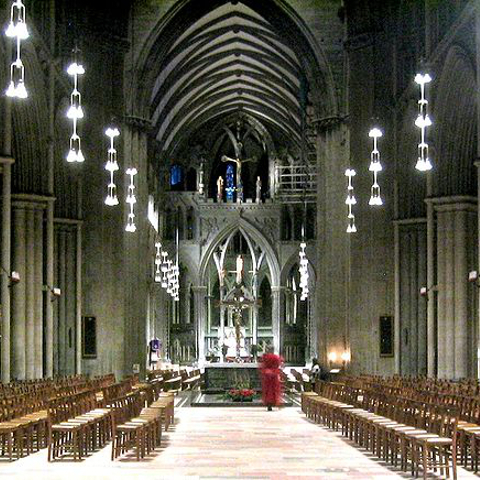
Interior of the catedral, photo Einar Faanes. (creative commons)
-
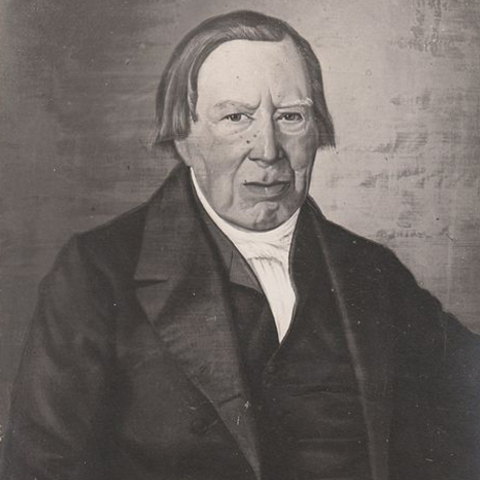
Ole Andreas Lindeman. The Municipal Archives of Trondheim, (creative commons).
-
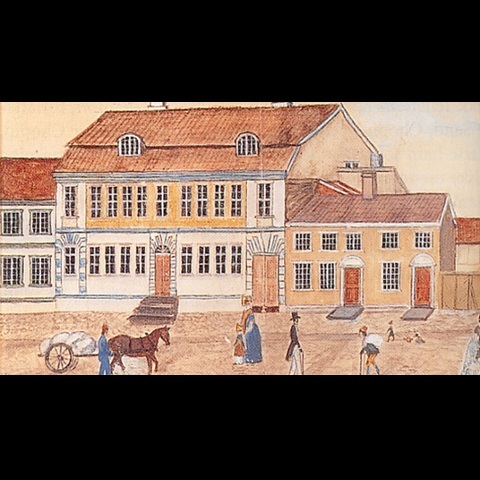
Tellefsen’s family house in Trondheim, author unknown. NTNU, University Library. [en]
-

The entrance of Trøndelag Teater in Trondheim, phot. Olve Utne (creative commons).
-
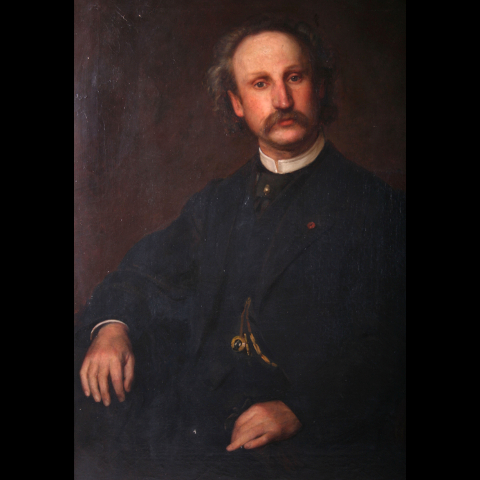
Thomas Tellefsen, portrait. Ringve Music Museum. [en]
-
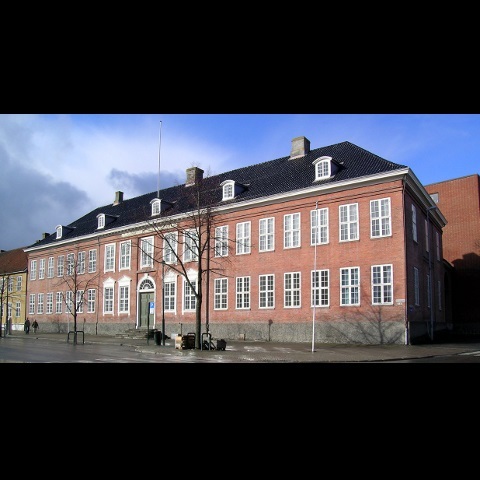
Trondheim Cathedral School (Munkegata 8), built in 1787. Architect: C.F.Harsdorff. Photo: Jensen (creative commons).
-
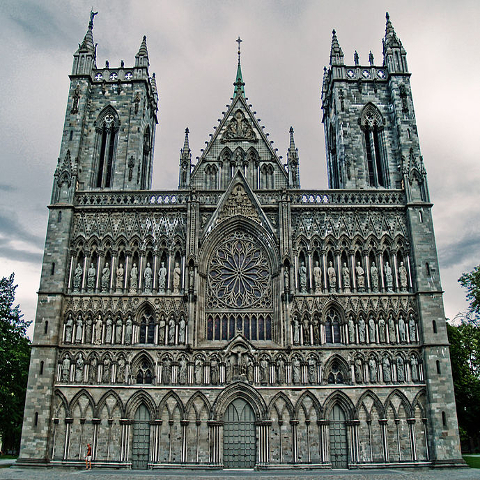
Trondheims Domkirke today. (creative commons)
-
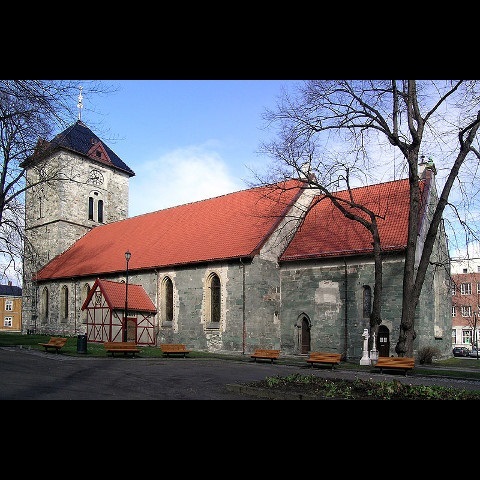
Vår Frue Kirke (Our Lady Church) in Trondheim, phot. Jensens (creative commons).
-
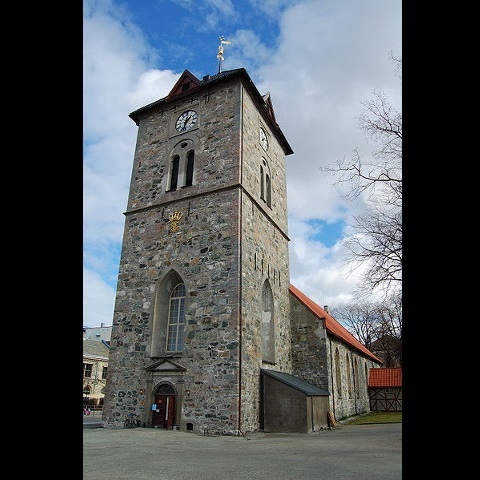
Vår Frue Kirke (Our Lady Church) in Trondheim, phot. Petr Šmerkl (creative commons).
:

Trondheim, 8 Munkegata

Trondheim, 6 Søndre gt.

Ole Andreas Lindeman – organist at the Church of Our Lady »
Trondheim, 5 Kongens gt.

Trondheim, 48 Dronningens gt.

Thomas Tellefsen at the Trondheim Theatre »
Trondheim, Prinsens gate 20

Trondheim,

22 Munkegata